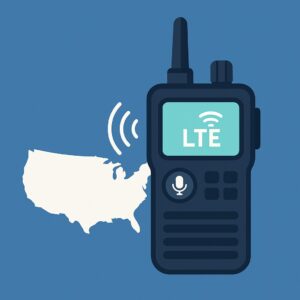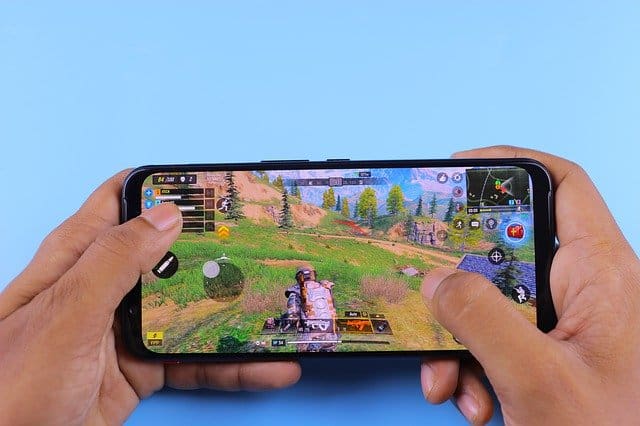
Traditional radios had one fatal flaw: geography.
You could yell into your mic all you wanted, but if the other person was behind a mountain—or a few city blocks too far? Radio silence. Literally.
For decades, range was the price you paid for reliability. That is, until LTE Push-To-Talk (PTT) entered the chat.
Now, we’re in the age of the two-way radio that doesn’t care about line-of-sight, topography, or the number of concrete walls between you and your crew. It’s a walkie talkie—but smarter, scalable, and nationwide.
So how does it work? And why are industries ditching old-school radios for LTE-enabled alternatives?
Let’s unpack it.
What Is LTE Push-To-Talk, Anyway?
Short answer: it’s the voice of a walkie talkie delivered via 4G and 5G networks.
Longer answer: LTE Push-To-Talk (PTT) uses the same cellular infrastructure as your smartphone to transmit voice data. You still push a button and talk like a classic two-way radio, but the message travels over LTE towers instead of through radio frequencies.
This means no range limitations, no interference from hills or buildings, and no need for expensive repeaters. If there’s a cell signal, you have coverage.
From Local to National—Instantly
Here’s where things get interesting: with traditional radios, you’re bound by physics. Frequency, power output, terrain—it all matters.
But LTE-based radios? They piggyback on nationwide mobile networks. That means coast-to-coast coverage with zero loss in clarity or latency.
A field technician in Denver can instantly talk to HQ in Miami. A delivery driver in rural Kansas can reach dispatch just as easily as one downtown in Chicago.
This isn’t just “better radio.” It’s a completely different league of communication.
No Repeaters, No Towers, No Problem
One of the biggest headaches with legacy two-way systems is infrastructure. Want to expand range? Better invest in repeaters. Want to cover multiple job sites across a region? Good luck with licensing and setup.
LTE PTT skips all that. You’re using towers that already exist—those of major cellular providers. No maintenance. No FCC licensing. No surprise dead zones because a repeater went down.
It’s plug, push, and talk.
Clarity You Can Count On (Even in Chaos)
Let’s talk audio. Two-way radios have always been praised for reliability, but clarity? Not so much.
LTE changes the game. You get digital voice transmission—crisp, high-quality sound without static, interference, or that weird underwater echo common on analog devices.
Even in loud, industrial environments, voices come through clear. And that clarity isn’t a bonus—it’s a safety feature when timing and comprehension matter.
Scalability That Grows With You
Here’s the dirty secret of traditional radio systems: they don’t scale well.
Add more users? You’re looking at frequency congestion. Want to include a remote office or team in another state? Time to build a whole new system.
With LTE PTT, your network lives in the cloud. Adding users is as easy as logging into a portal. No bandwidth issues. No signal overlap. Just simple, smart team communication—from 5 users to 5,000.
But What If You’re Off the Grid?
Let’s be honest: LTE isn’t everywhere. But guess what? Many modern devices offer dual-mode capability, meaning they fall back to traditional UHF/VHF frequencies when cell service disappears.
Best of both worlds: nationwide LTE coverage and short-range radio backup. You’re covered, regardless of where your boots land.
Final Take: Radios That Think Bigger
The days of shouting “Can you hear me now?” into a crackling mic are over.
With LTE Push-To-Talk, the two-way radio has evolved into a smart, seamless, nationwide tool. Whether you’re managing logistics across states, coordinating emergency response, or just want clearer comms without the headaches, this isn’t a luxury upgrade—it’s the new standard.
Because in a world that never stops moving, your voice shouldn’t either.



